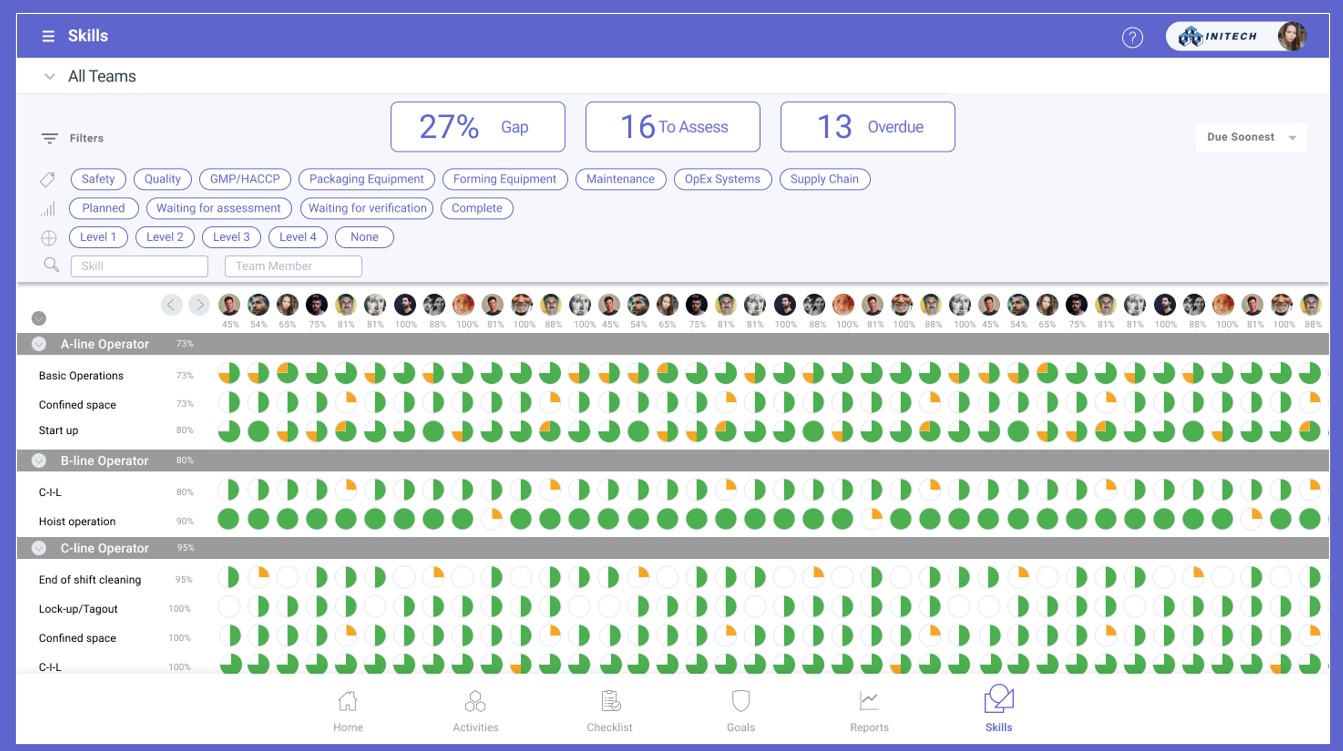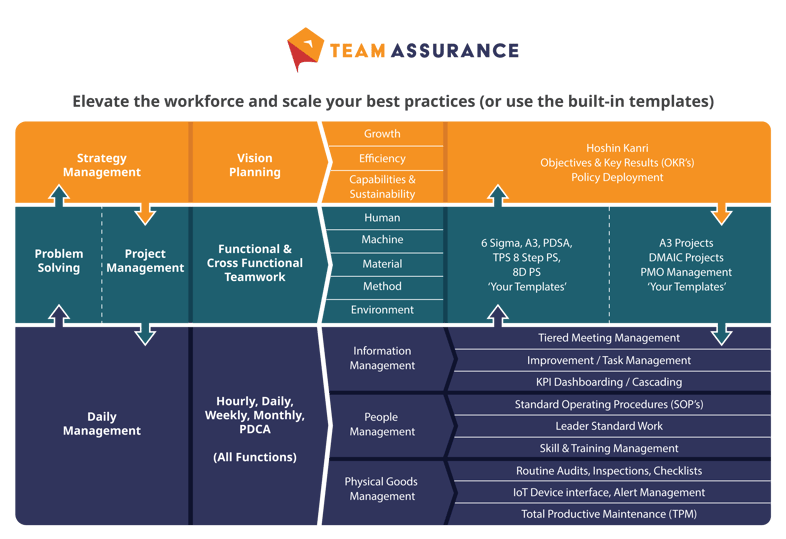Are You a Learning Organisation?

Paul Dunlop examines what it means to be a learning organisation and outlines the common elements amongst environments that facilitate high-performing teams.
Want to sustain a culture of learning and improvement? This can only be realised when people have the permission and trust to take the initiative to make positive changes. They feel empowered to take ownership of improvement projects and experiments.
A true learning organisation is one that creates self-awareness around its processes and its culture. It is intrinsically motivated to grow and improve. Dan Pink, in his classic book “Drive”, talks about the keys to intrinsic motivation being autonomy, mastery and purpose. The environment we create to facilitate learning should enable these key criteria.
Learning Organisations Have Clarity
A peek behind the curtains of any high-performing team or organisation will quickly show you that learning is valued at a premium. There will be clarity around why they need to get better, what they need to get better at and how they will make those improvements happen.
There will be a learning or problem-solving methodology clearly established within these organisations. The team will be prepared to take the time necessary to practice and hone skills over time. This, of course, has to be woven into the fabric of an organisation. These embedded values must supported and committed to at the highest level.
Learning should be fun, it should allow people to experiment. We should also embrace any failures as positive learning experiences. This again requires leaders to protect the learning space. Leaders should perpetuate a mindset that the outcome is always positive and valuable - whatever the result.
Learning Organisations Rely on Feedback and Trust
Learning by its nature will be incremental and it will not always lead to linear progress. The iterative experimentation and consolidation can lead to inconsistent, unexpected outcomes. Therefore the environment required must be one that is psychologically safe. High levels of trust need to exist and people given the permission (and resource)s to safety test and innovate.

A learning organisation seeks, creates and utilises effective feedback mechanisms. This comes through qualitative and quantitative data, empirical evidence, and observation. Having clarity of purpose and specific goals and outcomes against a backdrop of values and standards creates the right competitive tension. It breaks inertia and moves people toward individual and team goals.
PDCA Cycles are Fundamental
Learning and problem solving also require a methodology and structure. In the Lean world we utilise PDCA (Plan Do Check Adjust) as the vehicle for learning. This process is applied practically through Daily Visual Management structures, A3 improvement plans and Hoshin Kanri (Strategic Deployment).
PDCA is a cyclical and continuous method which assists the learner in understanding the challenge or problem. It then allows them to break the gap down, understand the current state / objective, and creating a step-by-step plan to move toward the objective or desired metrics.
The most crucial component of the PDCA cycle for me is Adjust.
Adjust is where the learning really happens – adjust is where we assess and validate the outcomes of our experiments. We verify the successes and failures observed. We take time to reflect on the outcomes and learnings.

This phase encourages us to share our experience in order to understand and test our own logic and thought processes. This is the key to learning and sets us up for another phase or the next challenge. This is applicable as much to a granular daily activity as it does to the long term meta.
Learning becomes just as much a part of the process as any other value-added activity. It is the key ingredient to sustainable growth, innovation and maintaining a competitive edge as a true learning organisation.
True Learning Organisations Don't Facilitate Locally Optimised ‘Islands'
For any culture of learning to not only be sustained, but to thrive, we must implement supporting processes and systems. Organisations need to consider the entire continuous improvement framework - not just each element in isolation. So when implementing Lean consider how the various tools interconnect - and ensure you don't optimise or develop them in isolation.
The aforementioned items like PDCA methodology, A3 thinking, Hoshin Kanri, and visual management, along with standardised problem solving techniques and a Tiered Daily Management system are just some of the elements required to sustain a learning organisation.
The image below of the TeamAssurance platform below shows how we designed an interconnected platform that avoids disconnected ‘Point Solutions’ (digital or analog) that do not help, and or even act as barriers, to achieving an optimised CI framework.

Want to explore how digital-aids to Lean tools can drive a culture of learning? If you’re a Business in need, or a Consultant with clients in need, contact us for a demonstration of the TeamAssurance platform today.
